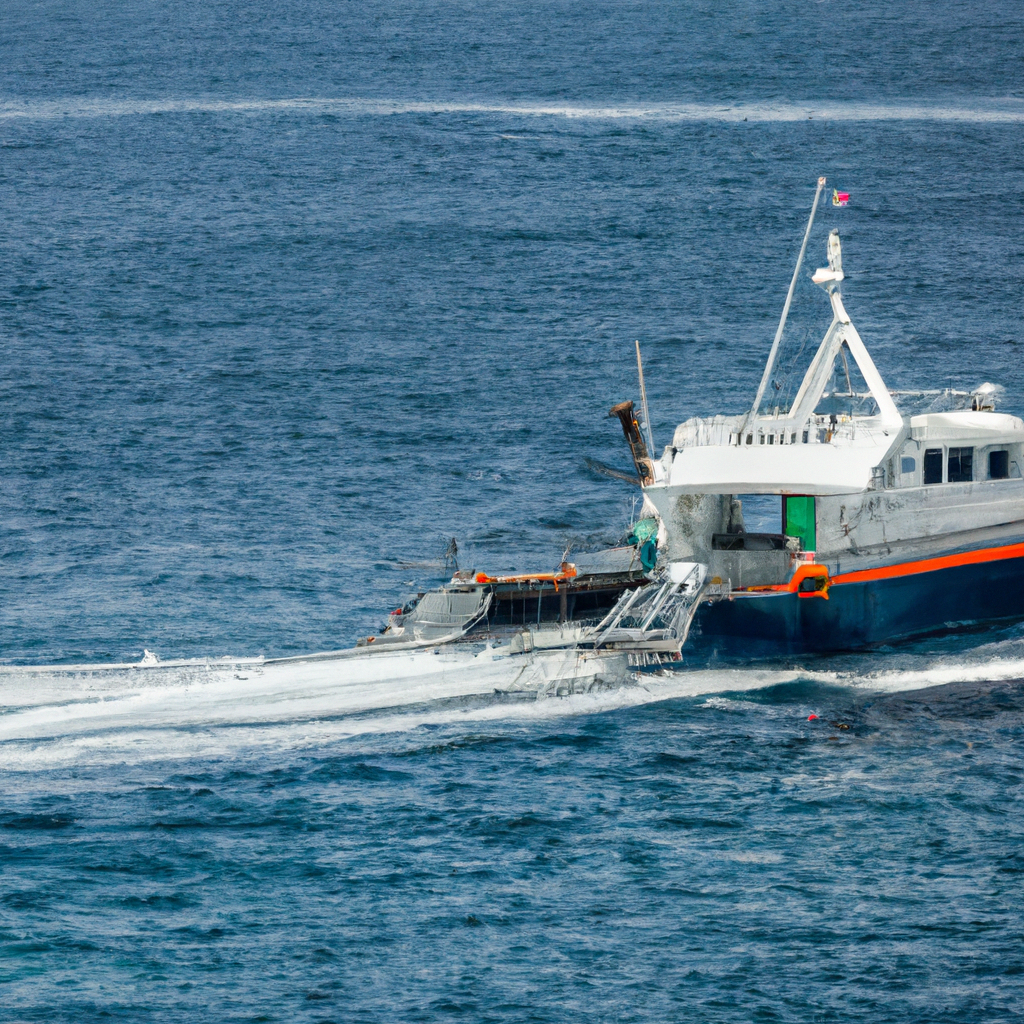Safe Sailing: Essential Safety Guide for Nautical Activities

Boating and participating in nautical activities can be an exciting and rewarding experience. However, it can also present unique challenges and risks that require proper preparation and caution. Safety should always be the top priority when participating in any water activity, whether it involves a leisurely boat ride, exciting water sports, or an ocean cruise. In this article, we will explore the basic principles of boating safety, the essential safety equipment required, how to prevent common accidents, and the importance of proper training and preparation to ensure a safe and enjoyable boating experience.
- 1. "Basic safety principles in nautical activities"
- 2. "Essential safety equipment for water sports"
- 3. "How to prevent common accidents in nautical activities"
- 4. "Training and preparation for a safe nautical experience"
1. "Basic safety principles in nautical activities"
Safety is an essential aspect in the practice of any nautical activity, whether sailing, fishing, diving, surfing or kayaking. Among the basic safety principles, it is important to always have adequate safety equipment, including at least a life jacket, a horn or whistle for acoustic signals, and in the case of boats, flares and fire extinguishers. In addition, it is necessary to know and respect local navigation rules and laws, as well as weather and sea conditions before setting out. Another basic principle concerns training and preparation, that is, having the knowledge and skills necessary for the activity to be carried out and knowing how to act in an emergency. Finally, the power of the sea should never be underestimated, so it should always be practiced with caution and respect.
2. "Essential safety equipment for water sports"
Essential safety equipment for water sports varies depending on the specific activity being practiced. However, there are certain items that are common to almost all disciplines. A life jacket is an essential item that should not be missing, as it can save a person's life in the event of a fall into the water or loss of consciousness. Helmets are also important in sports such as kayaking or rafting, where there is a risk of hitting rocks or other obstacles. Other safety equipment may include a safety harness, rescue rope, a distress signal and a first aid kit. It is equally important to ensure that all equipment is in good condition and fits the user correctly so that it can function effectively in the event of an emergency.
3. "How to prevent common accidents in nautical activities"
Preventing common accidents in boating activities requires a combination of training, preparation, and awareness. Before embarking on any boating activity, make sure you have a solid understanding of basic safety rules. This may include taking a boating safety course or reviewing relevant safety guides. Additionally, it is always important to check equipment before use to ensure it is in good working order and free of wear and tear or damage that could cause an accident. Finally, maintaining awareness of your surroundings while on the water can be crucial to avoiding accidents. This may include paying attention to weather conditions, watching other boaters, and being aware of any potential hazards in the water, such as rocks or strong currents.
4. "Training and preparation for a safe nautical experience"
Proper training and preparation are crucial to ensure a safe boating experience. First, it is essential to take certified boating safety courses that train you in essentials such as first aid, water survival techniques, use of safety equipment, reading nautical charts and emergency signals. In addition, you should familiarize yourself with the boat you are going to use, know how it works and make sure it is in good condition. It is also important to regularly practice activities such as swimming and diving to strengthen your skills in the water. Finally, proper mental preparation, including anticipating possible risk scenarios and developing an emergency plan, can make all the difference in critical situations.
